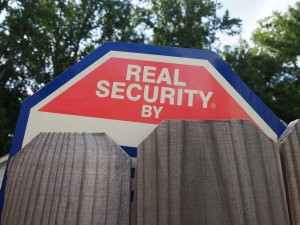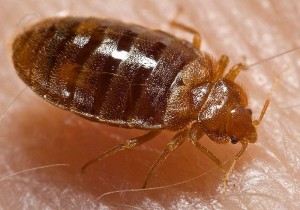It makes both good sense, and good cents, to grow your own vegetables at home in an organic garden. No matter how much or how little space and/or time you have, you can still plant a container garden and harvest some home grown tomatoes and peppers. Whether you’re a seasoned gardener or trying out your green thumb for the first time in organic gardening, try these ideas for 7 things you can recycle to use in your garden.
Food Scraps
Any food items other than meat scraps or grease can be recycled into compost and used to enrich your soil, which in turn feeds plants and enables them to yield a bigger harvest. Used coffee grounds and crumbled egg shells are two of the best soil amendments and can be placed directly on top of the soil (in-ground or container gardens) to nourish plants. Create a small compost pile to toss other food scraps until they decompose into ‘black gold’ then work into garden soil for free and chemical-free compost.
Tin Cans
Large tin cans, like those that spaghetti sauce or juice come in, can be recycled and used as feeding and watering tubes for garden plants. Wash the tin cans and cut both ends. Dig a hole the size of the tin can in the garden soil and place the can in the soil, then plant a few vegetables around the can. Use the open-ended tin can to deliver water directly to plant roots throughout the growing season. Make compost tea to pour in the cans to provide organic food to plants.
Recycled Mulch
Grass clippings and tree leaves (raked during the fall) provide free, organic mulch for vegetable plants. Mulch helps keep the soil cool, retain moisture and discourage weed growth.
Plastic Milk Jugs
Get a head start on the growing season by using clean plastic milk jugs as mini greenhouses. Cut the bottom fourth off a gallon milk jug and place over tiny vegetable seedlings to provide them with protection from the elements and create a greenhouse environment. Remove lid on warm days and replace during cold nights.
Plastic Buckets
Food grade plastic buckets that are used in the deli and restaurant industry are perfect for recycling into harvesting buckets. The size, handles and lids make these buckets perfect for carrying to the garden to harvest fresh produce and for transporting vegetables.
Pantyhose
Many vegetable plants, like tomatoes and cucumbers, need to be staked and tied to keep them off the ground during the growing season. Nothing beats strips of used pantyhose for tying vegetable plants to their support system. Pantyhose stretch and will not cut into tender vines like rope or twine will and the nylon fabric is strong enough to last all summer.
Recycled Support
Tree limbs that have been pruned can be fashioned into a tee-pee for supporting climbing veggies, like cucumbers and sugar snap peas. Old iron headboards, fence posts or shovel handles or other tall, portable items can be given new life in an organic garden as vegetable stakes and trellises to keep produce off the ground.
Jeremy Aarons writes about home improvement, parenting and all things related to being a stay at home dad. Recently, he’s explored his journey earning a sociology degree online while spearheading a communal garden for his neighborhood.

